The demand planner holds the unique position in the organization’s value chain. With improved product forecasting via effective collaborative management she is able to assist all value chain processes work more smoothly and efficiently.

As you can see from the foregoing, we have placed the demand planner as the lynchpin of the PRIMARY ACTIVITIES of those operations which add value to the marketable outputs of the organization. We will try to make this case by considering the implications of better forecasting on the relationship between the capital investment in safety stock inventories required to attain various levels of customer service under an environment of forecasting accuracy improvement.
Basic Inventory Theory (https://en.wikipedia.org/wiki/Safety_stock)
For purposes of illustration we will use the reorder point method with demand and lead time uncertainty.
A commonly used approach calculates the safety stock based on the following factors:
Demand: the number of items consumed by customers, usually a succession of independent random variables.
Lead Time: the delay between the time thedemand signal (inventory level which initiates an order) is initiated and the product is made available to the customer
Service Level: the desired probability of meeting demand during the lead time without a stock out. If the service level is increased, the required safety stock increases as well.
Forecast Error: an estimate of how far actual demand may be different from forecast demand over the appropriate lag time as determined by the dynamics of the organization’s supply chain dynamics.
Assuming that demand during successive unit time periods are independent and identically distributed random variables drawn from a normal distribution, the safety stock can be calculated as:

Generally speaking the inventory level at any period in time can be thought of being composed of cycle stock plus safety stock, where the cycle stock is intended to cover the average demand over the standard lead time. On the other hand, the safety stock is intended to be additional inventory to cover any unexpected variations in the demand and/or the lead time.
Notice from the safety stock formula provided above that the calculation its formula contains the two areas of variability within the supply chain, the lead time variability sL and the uncertainty of the prediction of demand in a given period sD. There are things that can be done to reduce lead time variability, but for right now we want to focus on the uncertainty of demand, which is forecast error.
The general assumption is made that both of these uncertainties (sL and sD) are normally distributed. Each of the terms in this version of the safety stock calculation is the variance of that portion of demand related to the particular component of uncertainty. Once the variances are added, this provides the total variance for the combined uncertainty. The radical is added to calculate the standard deviation of the combined components of uncertainty.
Given that, the z is a factor of the number of standard deviations of total demand variability you want to cover in a one-tailed test. Put another way, if z=0, and you carry no safety stock, then you are only covering the first half of the normal curve and you will get a 50% service level.
This safety stock formula yields the parabolic shape you see in the next slide. (This is intuitive since it says that you need increasingly more stock to attain higher customer service levels. To better conceive this, realize that this curve will turn asymptotically to the vertical line that represents 100% customer service. In other words, carrying enough safety stock to always service demand in every contingency is essentially impossible if not completely cost prohibitive).
What we contend, in this blog, is that to really leverage the organizational power of forecast, by lowering demand uncertainty, you will actually shift the inventory to customer service curve to the right and gain synergies unimagined. Most organizations try to move up and down the existing curve, adding inventory for higher customer service and lowering it (if economic conditions warrant) and introducing lower customer service level.
The real leverage a demand planner has is his ability to move the curve to the right as the diagram shows utilizing all of the organizational knowledge and collaborative power of operational individuals to provide the value chain with the best prognostication of future demand.
As you can see from the ‘Safety Stock Required as a Function of Desired Customer Service %’ graph below, the ramifications of improving your organization’s forecasting accuracy to the extent that this curve is shifted to the right on the x-y axis is as follows:
The black arrow indicates that at the same level of inventory (somewhat above 6,000,000 units), the customer service will increase from 90% to approximately 95%!
On the other hand, if management chooses to free up some working capital, the blue arrow (highlighted by the larger orange arrow), indicates that with a constant 85% customer service level, a potential $9,100,000 in inventory investment can be freed for other organizational requirements.
The real power in this scientific management approach to your business is that with the intellectual capital that already resides in your organization; you can gain a competitive advantage without large capital investments such as brick and mortar manufacturing and/or distribution facilities.






